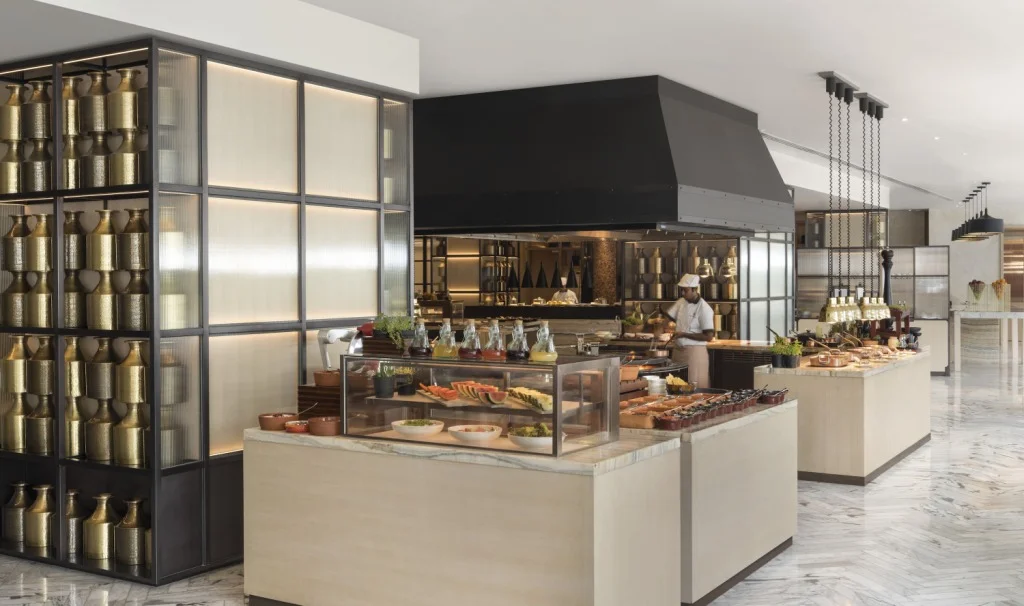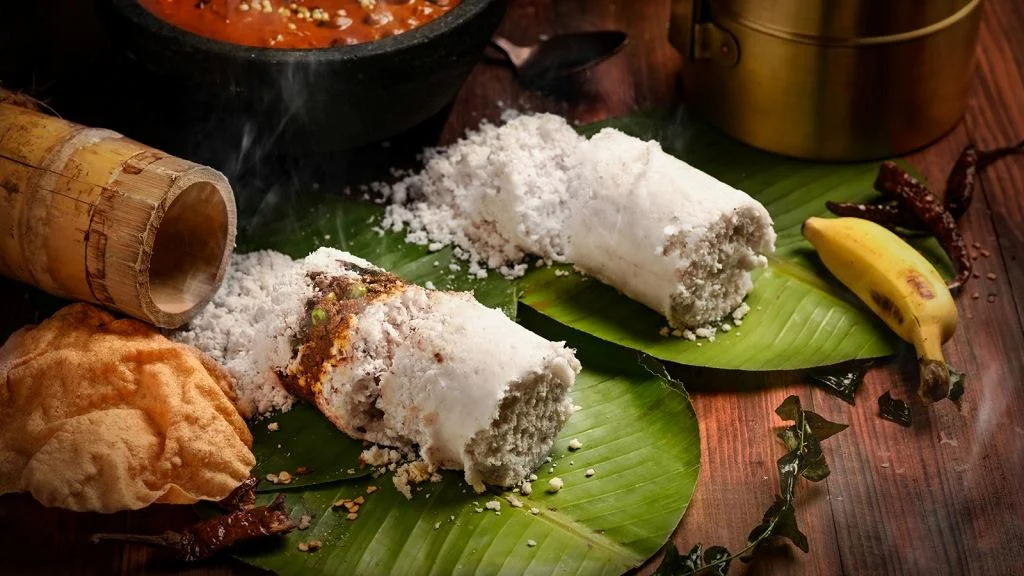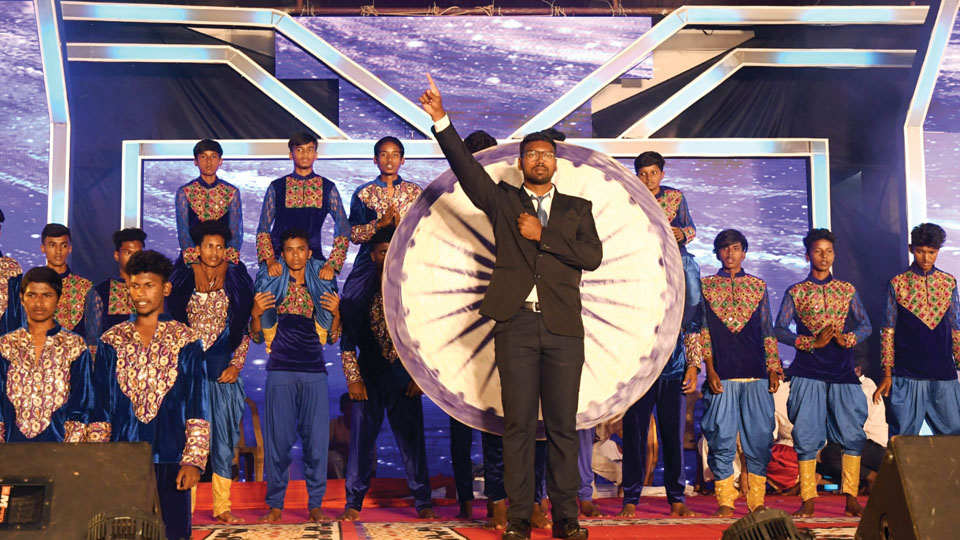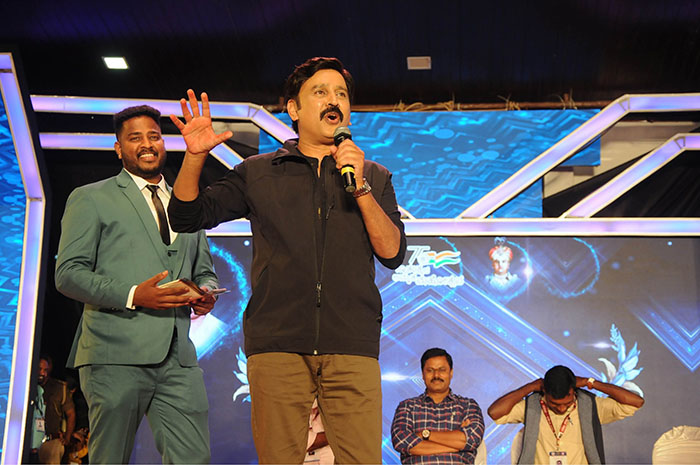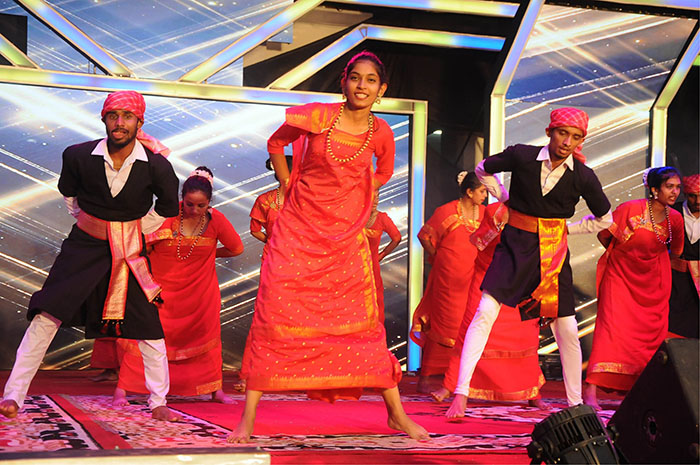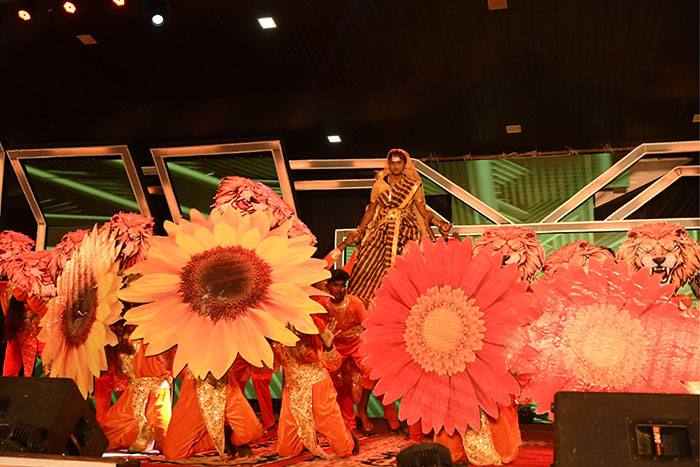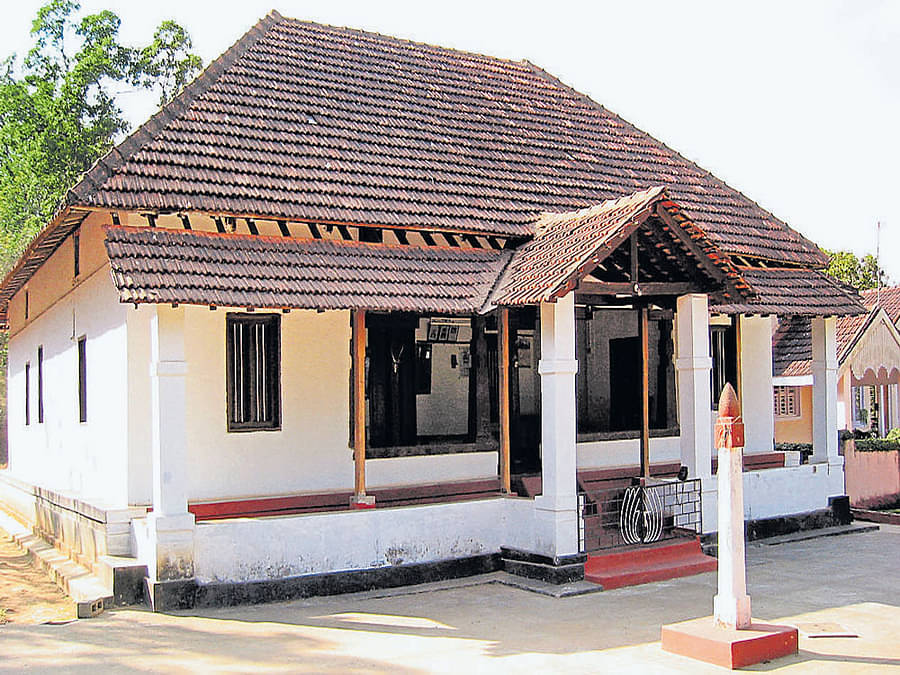
The invigorating aroma of the coffee blossoms carried by chilled breeze, the midnight green ambience along the loopy roads… it is not just the abundant natural beauty that makes Kodagu a distinct place. Its people — the Kodavas — with discrete culture and heritage, boost the glory of this coffee land.
Be it the language (Coorgie), cuisine, attire or rituals, Kodava culture moves away from the humdrum reckoning a distinct ethnic identity. And safeguarding this ethnicity while preserving their way of life is the architectural legacy known as the ain mane or ballya mane.
Ain Manes (ain in Coorgie translates to original) are the ancestral heritage homes of the Kodavas that reflect the eminence of a sanctum sanctorum. With quintessential framework, an archetypal heritage home comprises traditionally-carved wooden , bricked white and red walls, intricately-carved wooden doorways and windows. With a typical style, each of them has an unmatched old-world charm.
Every corner of the house is given a name and holds mythical importance. With two types — the othe pore (single roofed house) and mundh mane (courtyard house) — the traditional features of ain manes include kannikamba (a sacrosanct pillar), kayyale (verandah), aimaras (wooden slabs in the verandah), machi (wooden ceiling), mundh (open courtyard) and kannikombre (worship room). Most of the ain manes have kaimadas – a sacred shrine built to worship the ancestors. Since the existence of nuclear families, there were outhouses built around the premises called ale pore.
While the interiors reflect somber and subdued beauty, its exteriors manifest valour and strength. As Chakku Chengappa, a member of Nadikerianda clan, explains, “Hidden and safeguarded amidst the estate were the fort-like structures of ballya mane (ballya means huge); built in this manner to prevent an ambush from enemies. The entrance to the ain mane has many sections. There is a long curvy oni (alley), bakka pare and ala pare (extensions of the alley), which lead to the verandah.”
Nonagenarian Nadikerianda Muthamma adds, “The Kodava women were known to be beautiful, and this is why ain manes needed to be protected at the time of British rule. However, today the ain manes play an important role in reuniting families.”
“Much more than just a roof over the head, ain manes are an important part of the tangible heritage of the native community of Kodagu,” write Boverianda Chinnappa and Nanjamma in their book Ainmanes of Kodagu. Built in the ancestral or the jamma land the ain mane is a binding force that is a pillar of strength — both literally and figuratively. Many findings state that the inception of the concept of ain mane dates back to eighth century.
The origins
“The early settlers of Kodagu stayed in forests as a family. Due to feudal fights, it was common for people with the same bloodline to stay together in a small thatched hut. These settlements grew in size and became stronger, which made the ruling king seek their support. In return, the king gifted them land, which is the jamma land. As their living conditions improved, they built a strong fort-like structure on the jamma land, which came to be known as ain mane or ballya mane,” explains Boverianda Nanjamma.
However, the architectural style takes its root from Kerala. She adds, “Kodagu grew paddy abundantly but depended largely on Kerala for other commodities. During the travel for exchange of commodities, the Kodavas were pleased by the Kerala architectural style and there flowed workmanship from Kerala to build the ain mane.”
While there are over 900 clans in existence in Kodagu, not all of them have an ain mane. Nanjamma explains, “During the research work for our book, we found out that many deteriorating ain manes were never rebuilt.” According to their findings, only 40% of the ain manes were renovated keeping the tradition intact and the rest did not see the light of the new era.
Today, there are over 400 ain manes in existence and each of them belongs to a patriarchal clan, which is recognised by unique family names known as mane pedas. They bustle with ritualistic celebrations during festivities including Putthari, Kailpodh and annual kola (spirit dance). “The annual hockey matches conducted between families shed light on the revival of ain manes,” opines Kayapanda Shashi Somaiah, a journalist in Kodagu. Nonetheless, the revival of the ain manes are not just a process of renovation of age-old structures but also a resurgence of Kodava culture.
Unity in diversity
The Kundyolanda clan, which has 35 families, has its ain mane in Kolakeri village that was recently renovated to its pre-eminence. The rituals followed in this ain mane are uncompromising and many. “It is a family temple for us. We strictly adhere to the rituals and it is mandatory for women to wear traditional Coorgie saree and vastra (veil) over the head while entering the house. Apart from this, there are various other restrictions followed religiously in the ain mane,” explains Kundyolanda Dinesh, owner of a hotel.
They have a 400-year-old othe pore ain mane with 14 rooms, but there is no one residing here. However, it is made sure that lamps are lit twice a day and the house is maintained meticulously. “Each nuclear family of the clan takes turn to maintain the house and no one can back out from their duties,” he explains.
The Nadikerianda clan, with over 40 families, has a mundh ain mane in Karada village, which bustles with ritualistic activities during the festivals. A diligently maintained heritage home, it reflects the glory of the past and is keeping alive the the culture and traditions. A 350-year-old house, it has a kaimada and a snake shrine in its premises. With 10 rooms, it has a beautifully-carved wooden window frame and a small wooden post box at the entrance. The huge mundh open to the skies is supported by four wooden pillars — all carved differently.
The Arapattu Mukkatira clan has their ain mane in Kadanga village. With 13 rooms, the uniqueness of this ain mane is that it has two mundhs and two kayyales. A 300-year-old structure, it is said that the temple treasure from the village Bhagavathi Temple was locked safely in a wooden treasure box kept in the attic of this ain mane. This wooden treasure box still lies in the attic. “We are a clan of 45 families. The age-old rituals are still in practice here. The renovation of the house is soon to take place with help from all the family members,” explains Katty Uthappa, deputy manager of a bank.
The Biddanda family has the ain mane built in the property gifted by King Veeraraja in 1795. With eight partitions in this mundh mane, there is a kaimada close by and the pictures of ancestors of eight generations can be seen hanging on the wall at the entrance. “One of our ancestors, Sarvakayaka Bopanna, was very close to the king. His (Bopanna’s) tombstone is right next to King Veeraraja’s tombstone,” explains Biddanda S Ganapathi, a retired navy officer.
The ain manes are a matter of pride to the Kodavas and are unique to their ethnicity. This uniqueness in architecture has been adopted by many resorts in Kodagu that woo the tourists. However, ain manes do not just demonstrate pride but bespeak culture. They are the souls of Kodava rituals, and their revival provides a surety to Kodavas’ customs and legacy.
source: http://www.deccanherald.com / Deccan Herald / Home> India> Karnataka / by DHNS / January 24th, 2017
